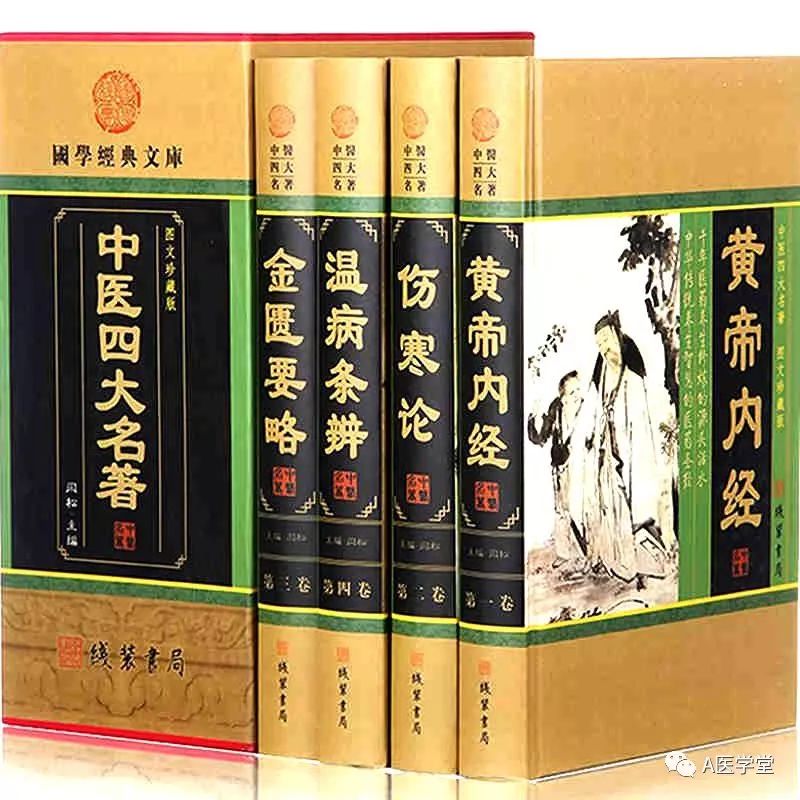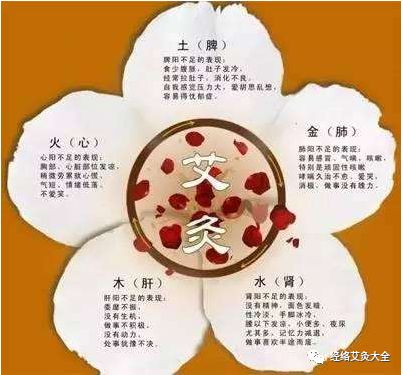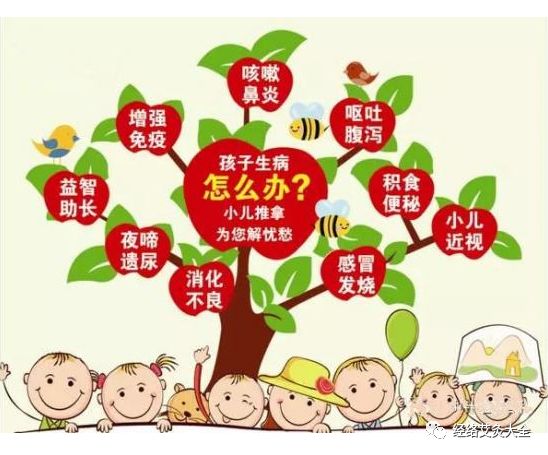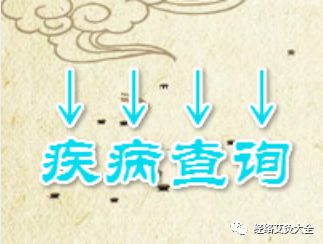|
Click the icon to view↓↓↓↓ |
|
|
|
|
|
| The Four Great Classical Novels | Traditional Chinese Medicine Moxibustion | Pediatric Tuina | Disease Inquiry |
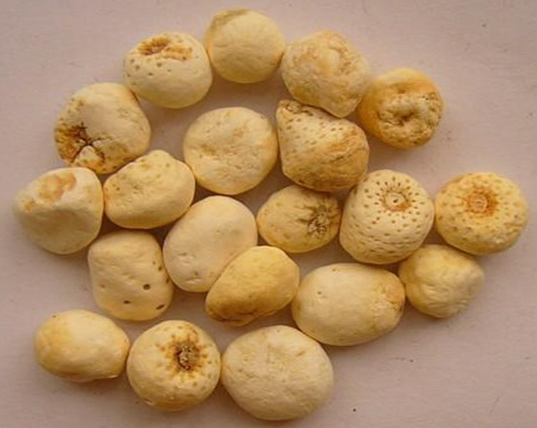
IIntroduction: Coronary heart disease (CHD) is pathologically characterized by a deficiency of righteous qi internally, with phlegm and blood stasis obstructing the heart. There are four key aspects to focus on in treatment, and Elder Deng often uses a modified Wen Dan Tang (Warm Gallbladder Decoction). I recall that Elder Xiong Ji-Bai also had experience using a ten-ingredient Wen Dan Tang for CHD with phlegm-heat obstruction. Of course, Wen Dan Tang is a widely applicable formula, not limited to the treatment of CHD.

Coronary Atherosclerotic Heart Disease
Author/Deng Tie-Tao
Although Traditional Chinese Medicine (TCM) does not have a specific term for coronary atherosclerotic heart disease (commonly known as coronary heart disease), this condition has long been objectively recognized. TCM literature describes various terms such as “true heart pain,” “chest obstruction,” “palpitations,” and “sudden fainting,” which collectively summarize the differential diagnosis and treatment of CHD.Patients with CHD often present with symptoms such as chest tightness, heart pain, and shortness of breath, along with palpitations, dizziness, limb numbness, and fatigue. TCM posits that individuals over 40 years of age may experience a decline in vital energy. This condition is more prevalent after the age of 40, as the yang energy diminishes, and some patients may develop chronic conditions leading to deficiency of qi and blood. Therefore, qi deficiency is one of the common pathophysiological mechanisms of CHD.Additionally, based on the principle that qi governs blood and the interdependence of yin and yang, some patients may also develop the condition due to insufficient heart yin. Symptoms such as chest tightness, heart pain, dizziness, and limb numbness, or signs like a dark red tongue and greasy coating, indicate stagnation of qi and blood stasis, as well as internal obstruction of phlegm and turbidity in the heart vessels.These factors collectively form a pathophysiological mechanism characterized by deficiency of righteous qi internally, with phlegm and blood stasis obstructing the heart. The deficiency of righteous qi (including heart qi deficiency and heart yin deficiency) is the internal cause of this condition, while phlegm and stasis are factors that contribute to its progression. The former is categorized as deficiency, while the latter is categorized as excess, indicating that CHD is a condition of deficiency with excess manifestations, where qi deficiency, yin deficiency, phlegm turbidity, and blood stasis constitute the four main aspects of the pathophysiology of CHD.Based on the understanding of the pathophysiology of this condition, the differential treatment should focus on unblocking and supplementing.It is proposed to adopt the principles of tonifying qi, resolving phlegm, and unblocking stasis in the treatment of CHD.As the author has worked in Guangdong for a long time, where the climate is humid, patients are prone to phlegm accumulation, thus early treatment often emphasizes resolving phlegm. However, whether resolving phlegm or unblocking stasis, the goal is to smooth the meridians and restore balance.Due to the emphasis on tonifying qi and resolving phlegm and unblocking stasis as treatment principles, the treatment measures should focus on the spleen and stomach.Based on the author’s experience, Wen Dan Tang is often selected for treatment in clinical practice.The basic prescription includes: Ban Xia (Pinellia) 9g, Yun Ling (Poria) 12g, Ju Hong (Red Tangerine Peel) 6g, Zhi Qiao (Bitter Orange) 6g, Gan Cao (Licorice) 5g, Zhu Ru (Bamboo Shavings) 9g, Dang Shen (Codonopsis) 15g, Dan Shen (Salvia) 12g.Wen Dan Tang resolves phlegm and regulates qi, with Dang Shen tonifying qi and supporting the righteous; Dan Shen invigorates blood and unblocks stasis; the use of Zhi Qiao instead of Zhi Shi (Bitter Orange) is to achieve a gentle effect on the middle and lower qi, avoiding excessive qi depletion and obstruction.If qi deficiency is significant, Huang Qi (Astragalus) and Wu Zhua Long (Five-Clawed Dragon) can be added, or 6g of Jilin Ginseng can be decocted separately, or 1.5g of Ren Shen (Ginseng) can be chewed, which also yields good results. However, Dang Shen should not be used in excess, generally not exceeding 15-18g, as this condition is characterized by a mix of deficiency and excess, and excessive use may lead to stagnation, which is not conducive to resolving phlegm and unblocking stasis. If heart pain is significant, it can be combined with Shi Xiao San (Sudden Smile Powder) or San Qi (Notoginseng) powder. If there is spleen qi deficiency, it can be combined with Si Jun Zi Tang (Four Gentlemen Decoction); if there is concurrent yin deficiency, Sheng Mai San (Generate Pulse Powder) can be used; if there is hypertension, add Jiao Mu (Cassia Seed), Sang Ji Sheng (Mulberry Mistletoe), and Zhen Zhu Mu (Mother of Pearl); if there is hyperlipidemia, add Shan Zha (Hawthorn), He Shou Wu (Fo-Ti), and Mai Ya (Barley Sprout); if there is kidney deficiency, add Yin Yang Huo (Epimedium); if there is blood deficiency, add Ji Xue Teng (Spatholobus).Currently, the patterns of TCM treatment for CHD are still being explored and summarized across various regions. Generally speaking, in terms of treatment principles, phlegm and stasis obstruction should emphasize “unblocking,” such as aromatic opening methods, promoting yang and unblocking methods, and invigorating blood and resolving stasis methods. Deficiency of righteous qi (including qi deficiency and yin deficiency) should emphasize “tonifying,” such as tonifying qi methods, warming yang methods, and nourishing yin methods.Practice has proven that the principles of tonification and unblocking are inseparable in the treatment of CHD. Clinically, whether to unblock first or tonify first, or to emphasize unblocking more than tonifying, or vice versa, or to alternate between unblocking and tonifying, should be determined based on the specific type of CHD and the individual situation. One should not only focus on tonifying deficiency while neglecting the unblocking of phlegm and stasis, nor should one solely focus on unblocking without supporting the foundation and reinforcing the righteous.This article is excerpted from “Contemporary Famous Doctors’ Evidence and Treatment Collection,” published by Hebei Science and Technology Publishing House. Author/Deng Tie-Tao. Please indicate the source when reprinting.
Click to view and give a thumbs up for health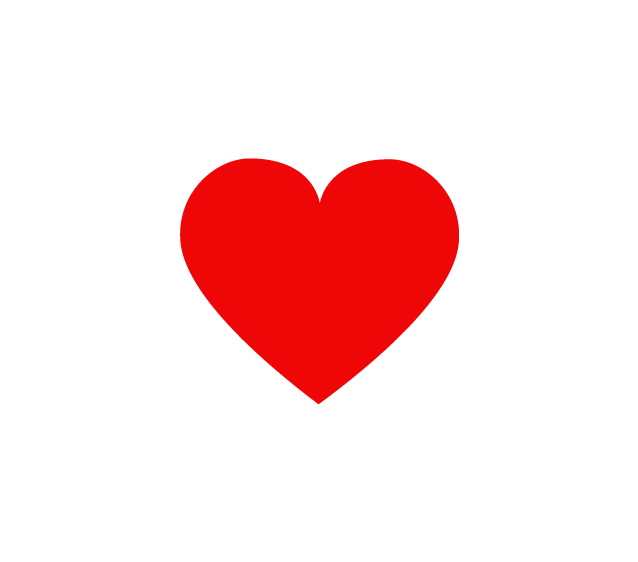
Appreciation
【Yesterday’s Share】
-
The simplest abdominal massage method can adjust almost all chronic diseases! (Includes: Detailed steps for the Nine-Turn Abdominal Massage)
-
Why do your joints hurt? Everyone has saved this wonderful remedy!
-
In summer, the spleen and stomach are weak; pressing these three points is more effective than taking medicine!
-
One thing in summer can cause blood vessels to collapse! Heart attacks, strokes, sudden death… are all related to it, so be careful!
-
There is an “Emperor” point on the foot; when this point is unblocked, the heart and blood vessels will also be unblocked.
-
People with a short lifespan often have three areas that are “darkened” and two areas that are “enlarged”; if you are one of them, do not ignore it!
-
This type of leaf soaked in water can help “avoid blood clots and high blood pressure”!
-
This sweet “thing” is a culprit of high uric acid! To avoid gout, stay away from these five types of food!
-
What are the early symptoms of lung cancer? These signs must be noted.


